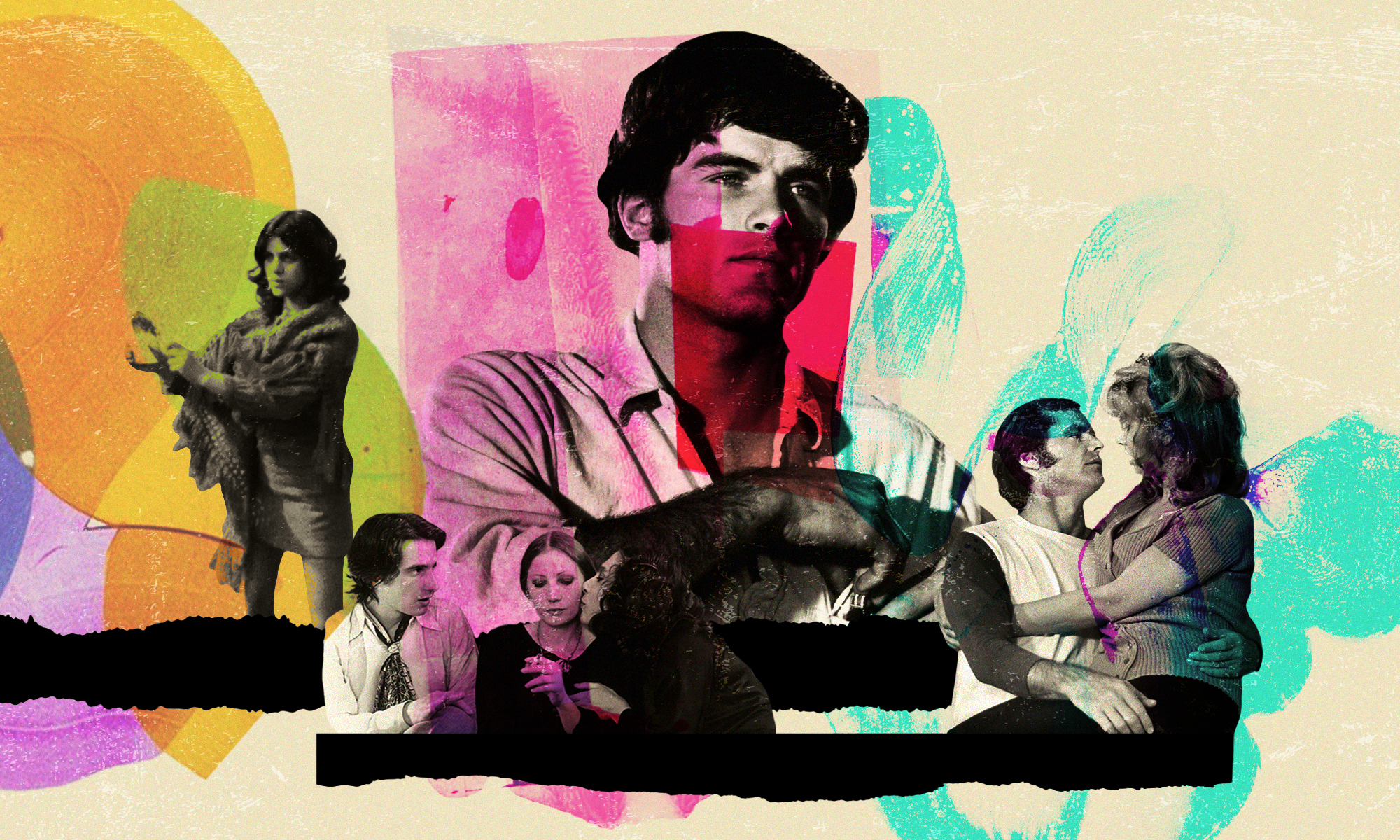
The story of film in the 1970s (and beyond) could be told without Roger Corman, but that story would be way more conventional, much less creatively exciting, a fraction as bold, and a lot less fun.
Bruce Dern, then just one of the fledgling actors to whom Corman gave crucial early roles, recalled asking Corman on the set of “The Wild Angels” in 1966 how many films he had made. “He told me about 60,” Dern told IndieWire. “That just knocked me out. He was a decade older than me, but I was amazed at the amount of movies he had done already.”
Corman was just getting warmed up. For the King of the Bs, who tapped an underserved youth market with his biker, beach, and rock and roll films in the 1960s, the 1970s would prove to be his heyday. In 1970, he launched New World Pictures and focused on producing and distribution. Along with Corman’s stock-in-trade drive-in and exploitation films, such as “The Student Teachers,” “Caged Heat,” and “Death Race 2000,” he imported masterworks by François Truffaut (“Small Change”), Ingmar Bergman (“Cries and Whispers”), Akira Kurosawa (“Derzu Uzala”), and Federico Fellini (“Amarcord”), among others. For Joe Dante, who cut trailers for Corman prior to becoming a director, this was Corman’s “arty period,” he told IndieWire. “We got to create those kinds of trailers alongside ‘Big Doll House.’”
But Corman’s lasting legacy is the launching pad he offered to a new generation of actors and filmmakers who were trying to find a way into the industry. New Hollywood, which transformed the art of film in that decade, has Corman in its DNA. The so-called Corman School of Filmmaking’s illustrious graduates in the 1970s included Martin Scorsese, Robert De Niro, Ron Howard, Joe Dante, and Allan Arkush, to name just a few.
They would go on to bigger and better things — many, like Howard, Scorsese, and James Cameron, crowned by Oscar glory. (Corman, who died in 2024 at age 98, himself received an Honorary Oscar in 2009.) But in the ’70s, it all began at New World Pictures.
IndieWire reached out to several Corman graduates and asked them to share a favorite memory or reflection of working with Corman that exemplified what it meant to be in the Corman-verse during this creatively fertile decade.
The below testimonies have been edited and condensed for clarity and length.
William Shatner (actor, “Big Bad Mama,” 1974)
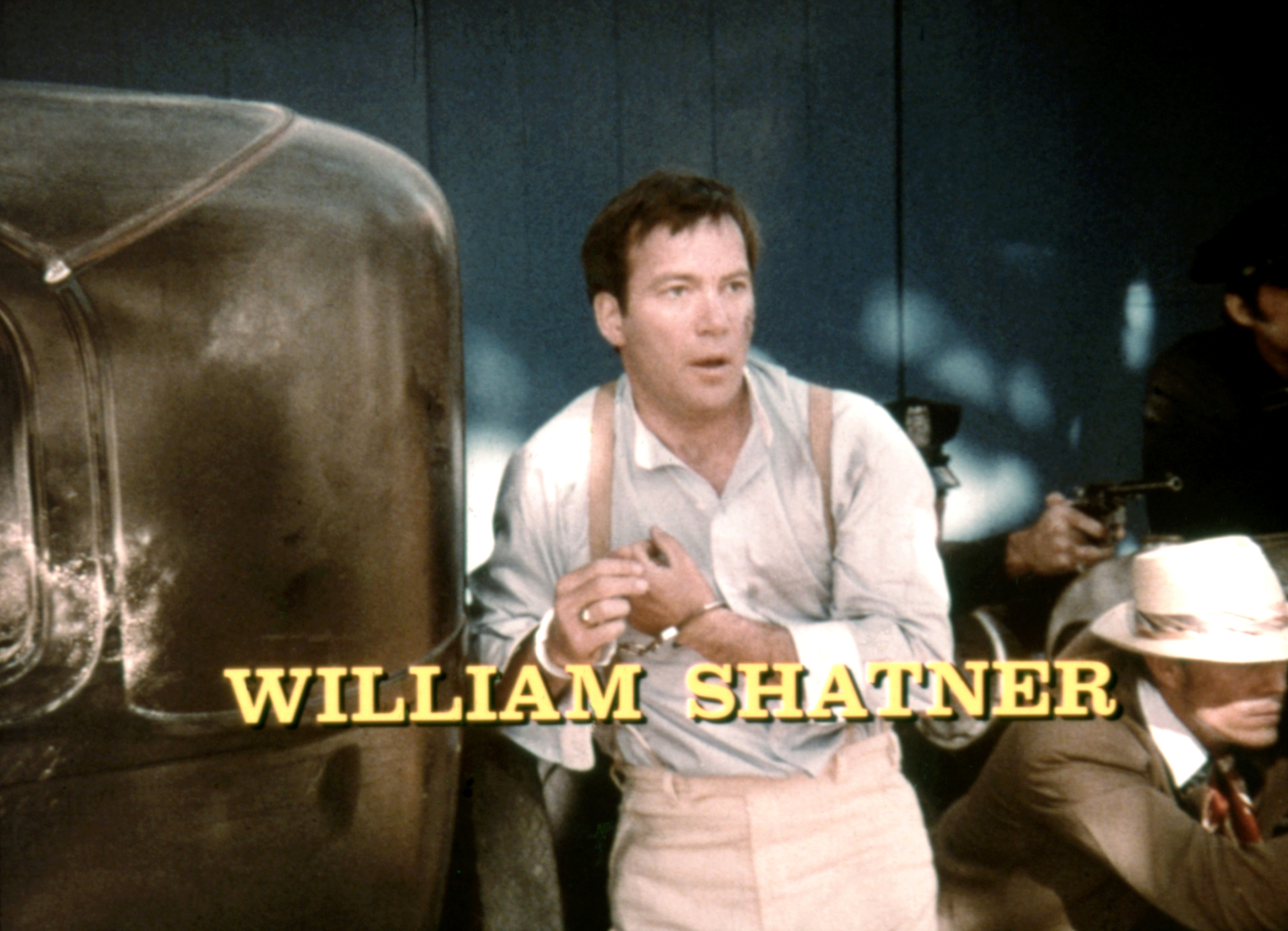
I made two movies with Roger. One was “The Intruder” (1962) [about a rabble rouser trying to incite racial tensions] and the other was “Big Bad Mama.” They couldn’t have been more divergent in subject matter. We feared for our lives filming “The Intruder” in the South. We did a lot of guerrilla shooting without permission and without permits. Then, Roger asks me to be in “Big Bad Mama,” which was open, sexual, and fun.
The script included a sex scene with Angie Dickinson. We all met at the Cormans’ house to talk about the nudity. Roger said he would get rid of all the crew members except the cameraman and soundman. Production started a week or two before I came on, and my first day, Angie and I were going to get nude in bed. Roger began to clear the set of everyone who wasn’t necessary to the scene, and large groups of people began to go outside. But Angie, who had been there a couple of weeks and made friends with the crew, said, “Oh George, you can stay, that’s OK, Sam, you can stay….” She called all of her friends back. Roger worked wonders with a bedsheet that we had between us.
Martin Scorsese (director, “Boxcar Bertha,” 1972)
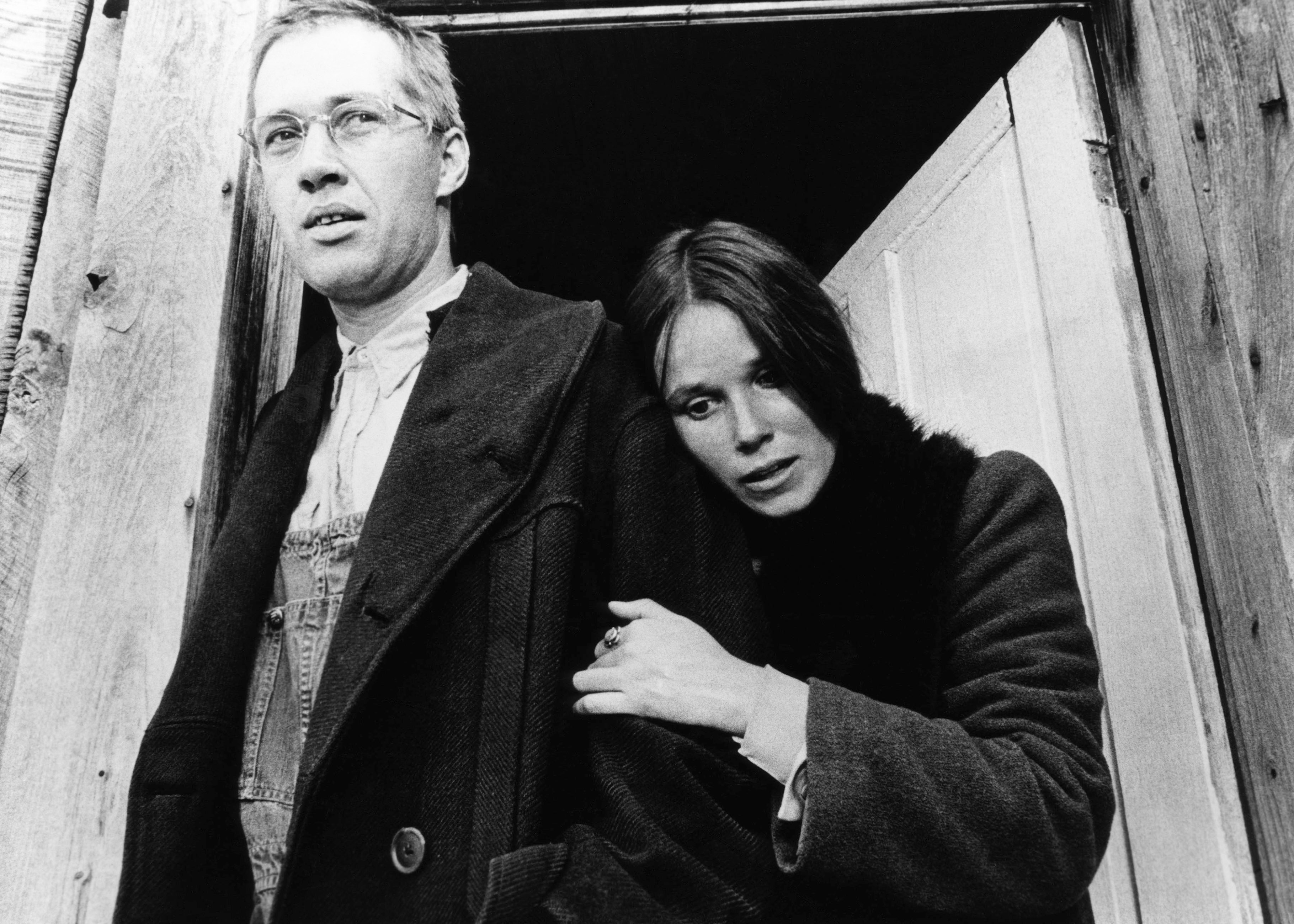
I learned so much from Roger that I don’t even know where to begin. I studied film in college, and I learned a lot, but working for Roger on “Boxcar Bertha” was a real film school. It was the same for all of us — that includes Jonathan Demme, Allan Arkush, Paul Bartel, Jonathan Kaplan, Francis Coppola, and Monte Hellman before us, and so many others. You learned as you worked, on pictures that were made to be shot and cut and finished and released on a real and extremely tight schedule.
Roger taught us all about economy, and I don’t just mean the business end of moviemaking. He gave us a real sense of economy of means. In other words, this was the schedule, this was the budget, these were the demands, and those were the conditions, that was your framework. Wishing for more days or more money was just so much wasted time. He taught us that if you looked squarely at what you had as opposed to what you didn’t have, then what initially seemed like limitations became opportunities. And, within that framework, he gave us tremendous freedom. Roger understood the economics of the business perfectly, but he also understood the necessity and the beauty of individual expression. That was rare at the time, and it’s almost unheard of now. That’s why so many of us owe him so much.
Ron Howard (actor/director, “Grand Theft Auto,” 1977)
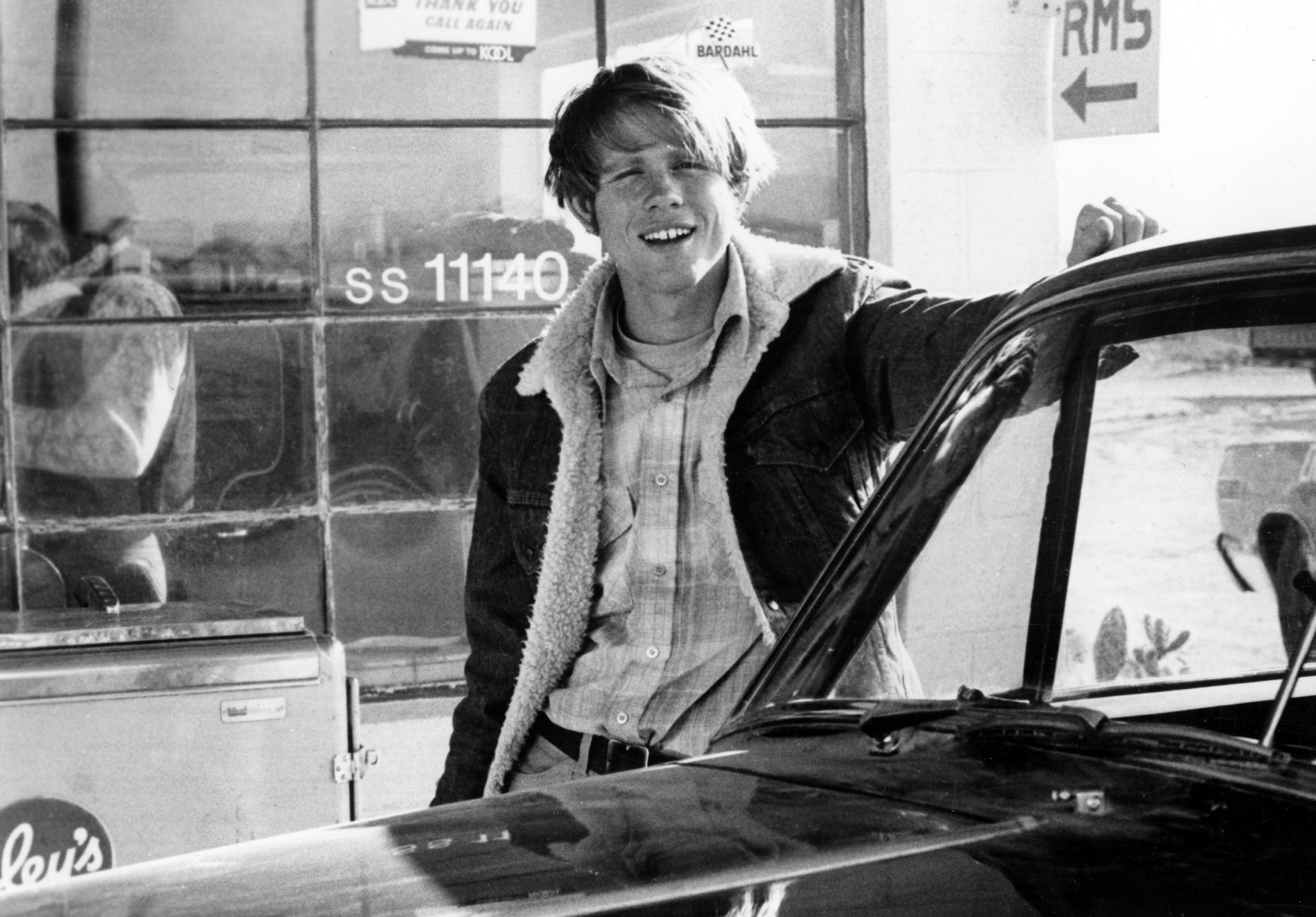
Roger told me, “We make the movie based on what we hope it will be, but we have to come to terms with what we actually have, and the only way to do that is to share that with someone objective and see what works for an audience.” I had never contemplated such a thing.
He tested “Grand Theft Auto” at the ASI testing house, which mainly tested commercials and television sitcoms; people would have a dial, and if they liked something, they turned to the right, and if they didn’t like it, they turned to the left, and it created a printed graph. The day I showed up, it was all elderly women. I asked how this was our test audience. Roger told me, “A laugh is a laugh, don’t worry about it.” Joe Dante, our editor, said that Roger screened the movies there for free on the days when they were only showing commercials because the volunteers got grumpy if that’s all they saw. That day, they were testing commercials for Geritol. But honest to God, it led to some real insights into how our movie was playing. We screened it again with a more appropriate audience, and the reactions weren’t that different, by and large.
Robert De Niro (actor, “Bloody Mama,” 1970)
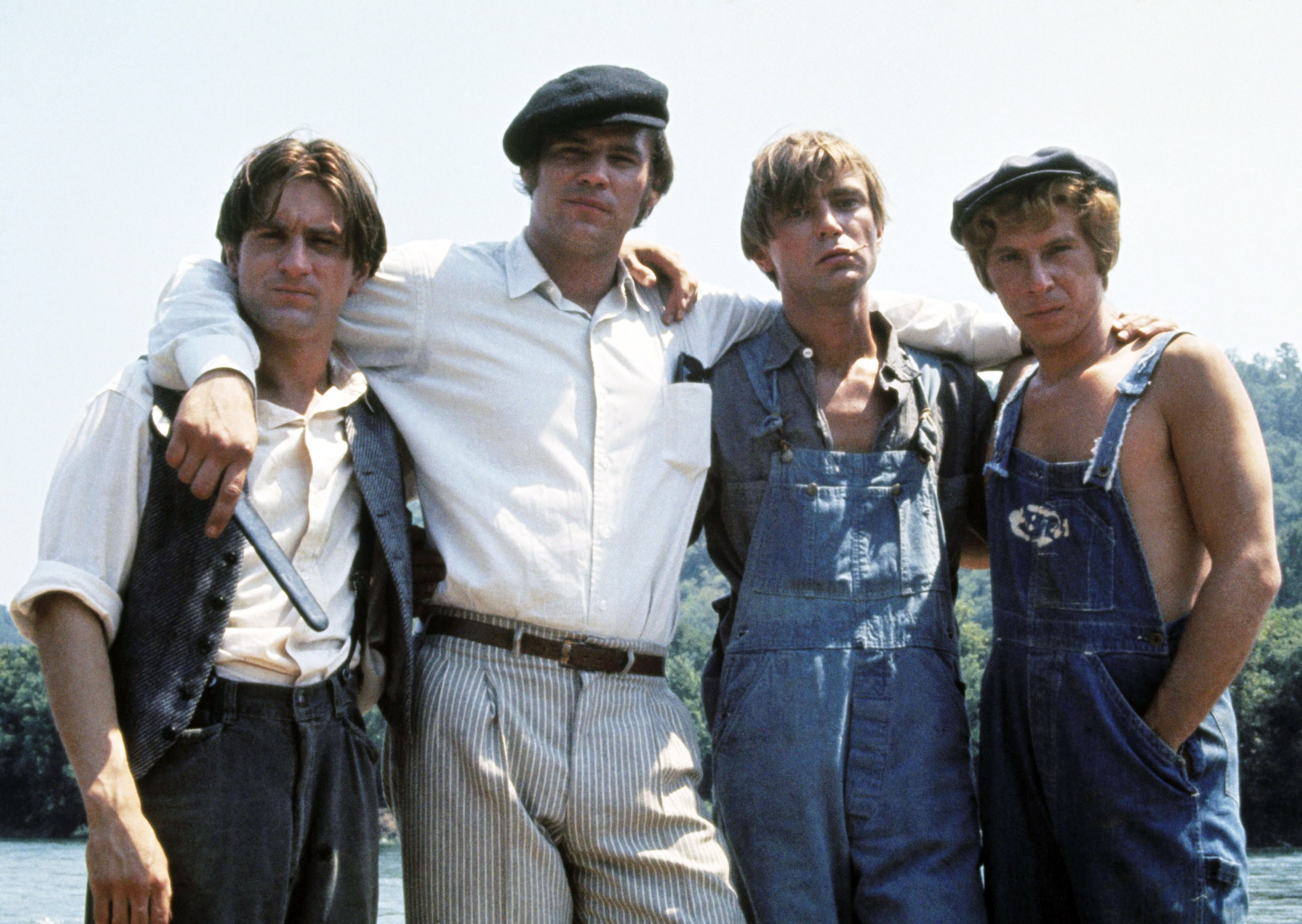
Shelley Winters introduced me to Roger. She was part of the Actors Studio when I was there. I was in an Off-Broadway play she wrote, [“One Night Stands of a Noisy Passenger”]. I was not aware of Roger. I was just happy I got the job. It was the big time. He was a very nice, respectful, and decent guy, likable and a good director. He left it up to the actor, which was smart of him to do.
Joe Dante (co-director, “Hollywood Boulevard,” 1976)
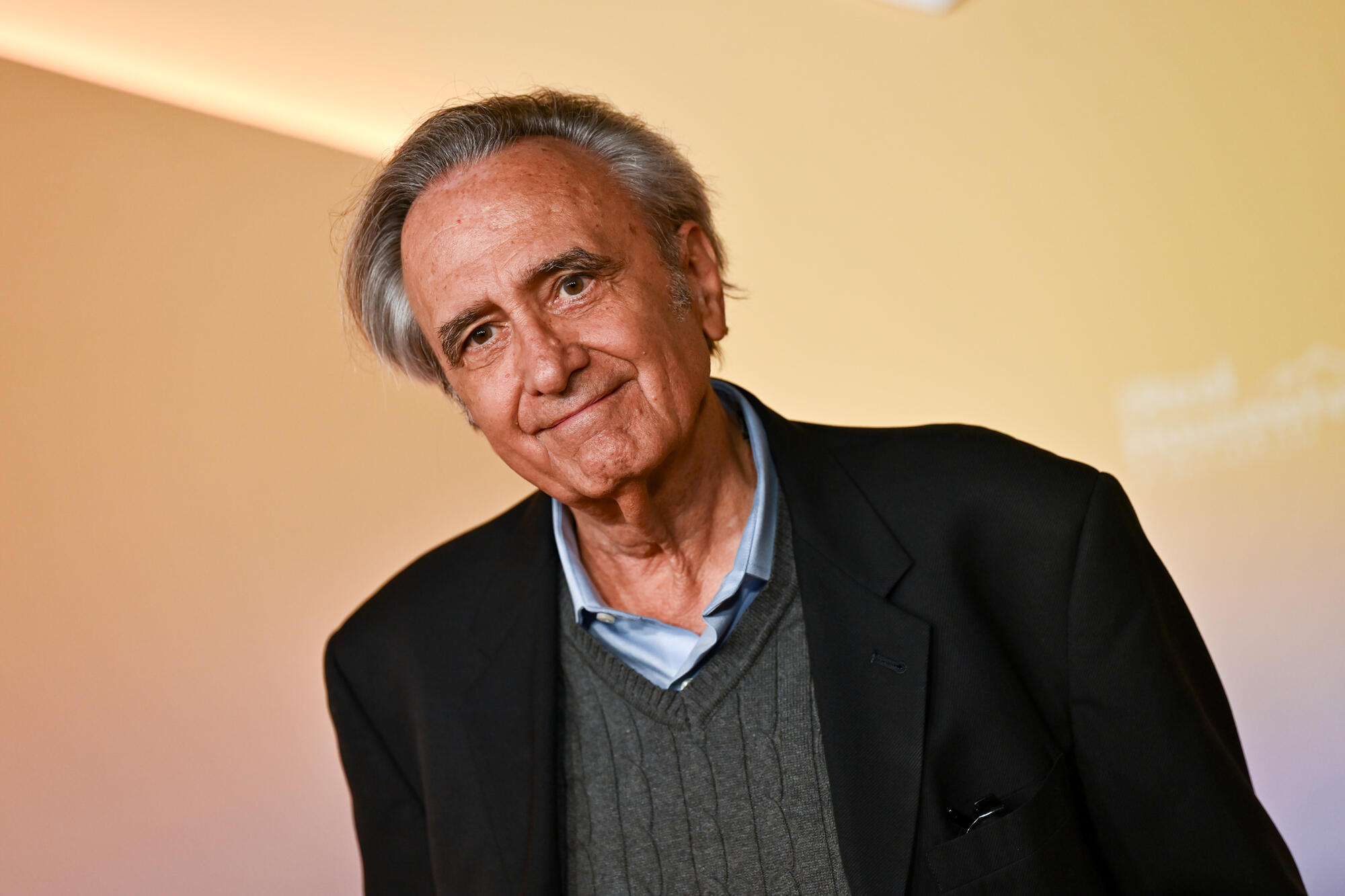
I was working in the trailer department with Allan Arkush. Jon Davison, who was doing Roger’s advertising at the time, wanted to produce a movie. He made a bet with Roger that he could make the cheapest movie that New World had ever made, and this was no mean feat. It was a dodge to get Allan and I a chance to direct. Roger said, “Fine, $60,000 for 10 days, and you have to keep doing trailers at night.” We agreed. The only way we could make anything releasable was to fill it with scenes from New World movies we had made trailers for, so with writer Dan Opatoshu, we made it a murder-on-a-movie-set thing that was loosely based on a Bela Lugosi movie called “Death Kiss.” The film clips allowed us to include action scenes we couldn’t afford to stage. There was a great deal of improv going on. The trick was to get the day [complete the shot list].
Roger didn’t keep tabs. He gave us his blessing and had a great amount of faith in Jon. He never came to the set; there was no set to come to. It was all locations. I think he suspected he would not be able to release the movie, but when we showed it to him, he was actually quite beguiled by it. The only thing was, he wanted to call it “Hollywood Hookers.” Allan and I were appalled; we didn’t want our first movie to be called “Hollywood Hookers.”
The picture opened in New York City on 42nd Street. My brother in New Jersey went to see it, and he said he had never been in a theater where they kept the lights on through the entire movie. It made back its money, so Roger was happy with it. We went back to making trailers. When “Rock ‘n’ Roll High School” and “Piranha” came up, Allan was crazed to do “Rock ‘n’ Roll High School” because he is a big music guy, so he got that one and I got the fish. It worked out well for both of us. We knew we weren’t going to get much money, but we were going to get experience we couldn’t get anywhere else because we weren’t in a union. The only way to get into the movies was to make non-union pictures and learn your craft and hope something opened up. Everyone knew this was a stepping stone. It was a complicit agreement: He exploited us, and we exploited him.
Richard Whitley (co-writer, “Rock ‘n’ Roll High School,” 1979)
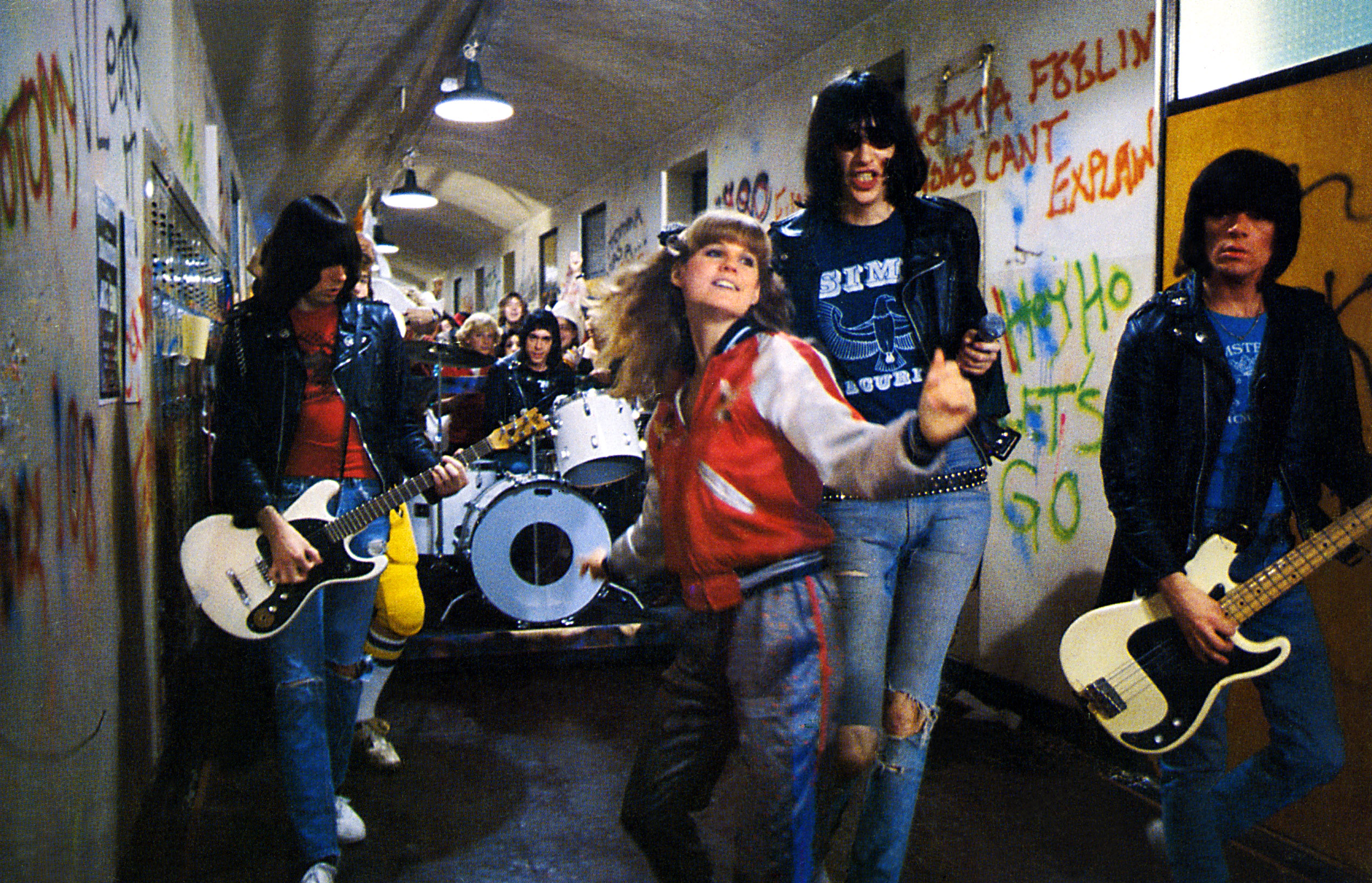
This is what it was like to enter Roger Corman’s orbit in the 1970s. I attended Southern Illinois University because they had a film department. After I graduated, I put everything I owned in my car and drove out to L.A. Russ Dvonch, with whom I made student films, graduated before me and was already there. The first night I drove into town, he took me to Hollywood Blvd. to have pizza. It was pretty much of a dive by then. And the pizza was far inferior to anything I grew up with in the Chicago suburbs. Welcome to Hollywood.
We made our way to Roger Corman’s New World Pictures. Hey, they gave first jobs to Martin Scorsese and Peter Bogdanovich; why not us? We walked in with our 16mm films. They said, “We don’t have any jobs.” We asked to see Joe Dante and Allan Arkush because we had booked “Hollywood Boulevard” for our college film society. They just happened to be right there in the lobby. We gushed over them and asked if they would look at our student films. They said, “Absolutely,” because they were film school grads themselves and completely wonderful people. Finally, the lady at the desk said, “Do you want to earn 15 bucks? Show up tomorrow at wardrobe, Griffith Park, at 7 a.m., and you will be mutants in ‘Deathsport.’” We showed up, and they said to immediately get to wardrobe. They cut ping-pong balls in half and glued them on our eyes. Raph and I looked at our rags they handed us to wear and a tag read “Papillon”; they were the rags worn by the lepers in the Franklin Schaffner film with Steve McQueen and Dustin Hoffman.
At 5 in the afternoon, they asked if anybody wanted to do any stunt work. We just had to hobble toward the camera, and when we got the signal, run backwards. That’s in the movie. An hour later, it was dark. They wanted us to do more. Russ and I were the last two mutants, and we were supposed to try and grab David Carradine and Claudia Jennings. OK, when you’re a kid and playing swordfights, the sword goes between your body and arm. They called, “Action,” and David rams his fucking sword into my stomach. He did that three or four more takes. And I swallowed the fake blood. I’m lying on the ground with the wind knocked out of me, and David walked over and said, “Good working with you,” and walked away.
Allan called and said he liked our student films and then had us come in to talk with him and producer Mike Finnell. He said that he had a script called “Girls Gym,” and he wanted us to add some comedy. We took those pages, and we went nuts; all those years of going to the York Theater in Elmhurst, Illinois, and seeing Jerry Lewis and Woody Allen and watching “The Three Stooges” on TV. We went from playing mutants to getting into the Writers Guild. Allan said he wanted us on the set during shooting, which for first-time writers is as rare as Haley’s Comet. I was spoiled for every other production I ever worked with.
I did meet Roger on the first day of shooting. He was pushing for an “Animal House” R-rating, but he thankfully let us make the movie we wanted to, which was more of a live-action cartoon. Allan gifted me with a handwritten copy of Roger’s notes on a sheet of yellow legal paper. I don’t think he got some of the weirdness in the movie, because at one point, he wrote, “Maybe I’m getting too old for this.”
Allan Arkush (director, “Rock ‘n’ Roll High School”)
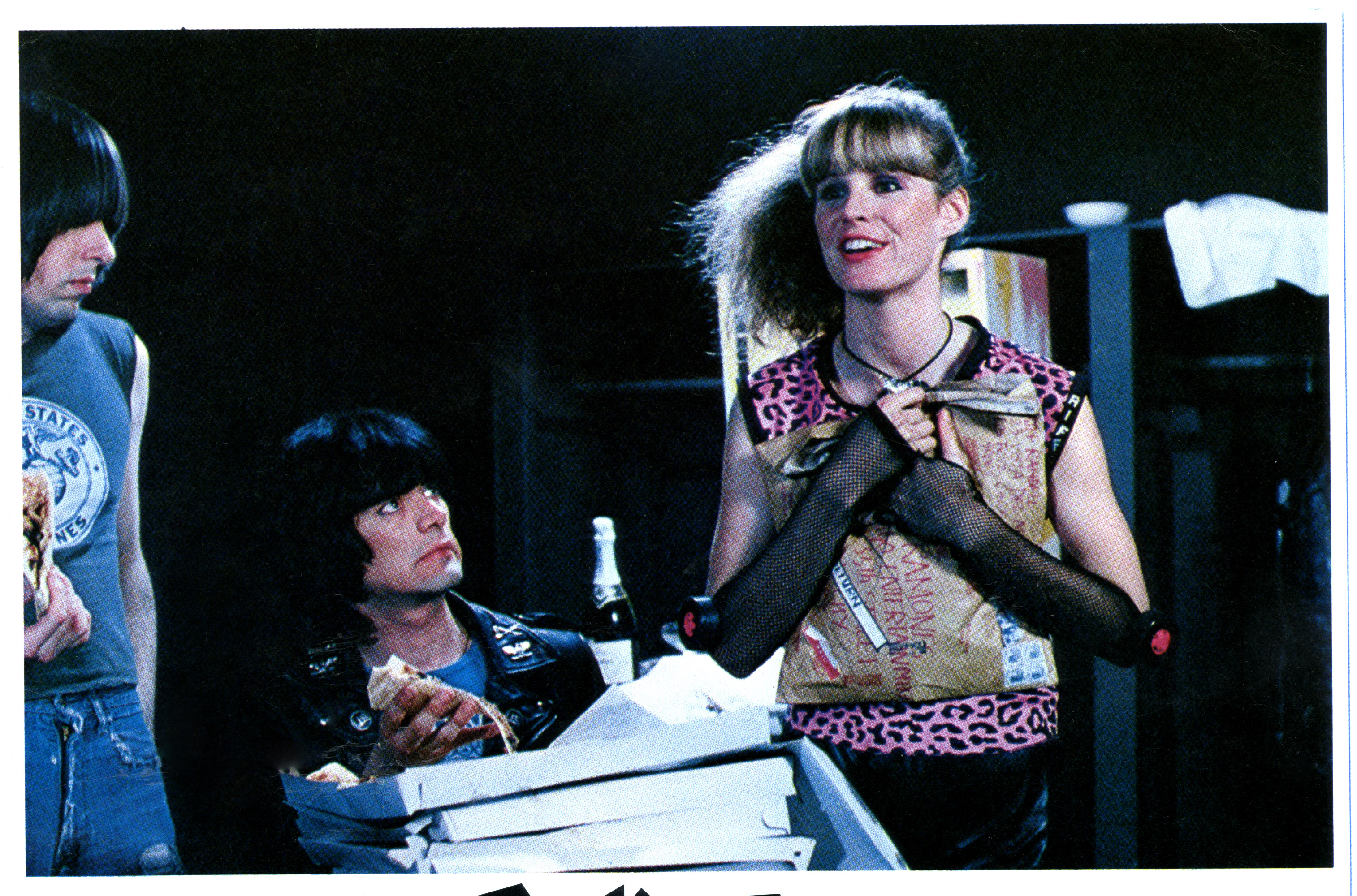
There has never been an executive close to Roger’s abilities because he was a filmmaker. “Rock ‘n’ Roll High School” began life as “Girls Gym,” and then “Disco High.” I had not done a solo movie and was interested in doing a high school movie. Joe McBride, who was writing it at the time, said that when his father was in high school, the school went on strike over the firing of a teacher, and wouldn’t it be great if the students went on strike united around a similar cause? That appealed to my 1960s East Village NYU ethos. He said he had this idea they blow up the high school at the end. I said no, that’s not funny. But for several days, I couldn’t get the image out of my head, and I decided that is what should happen and would be the main image on the poster.
The time comes to get a band for the movie. Mike Finnell and myself had to go into Roger’s office with a script that still said “Disco High.” We had to explain to Roger that if you want to blow up your high school, you have to have rock and roll music and not disco. I told him that The Who plays rock and roll with such intensity that you think that they may explode before they get to the end of the song. There is an air of danger. And I got up on the couch, and I mimed Pete Townsend smashing his guitar. I said that was the energy we need to justify blowing up the high school. Roger said, “Hmmm, that’s a really good image. Allan’s right, let’s do that.” That’s what made him so great. He didn’t go to committee like other studio executives. This was New World; there was no committee, just Roger. He trusted us. He said, “‘Blow up the high school.”
Ben Vereen (actor, “Gas-s-s-s,” 1970)
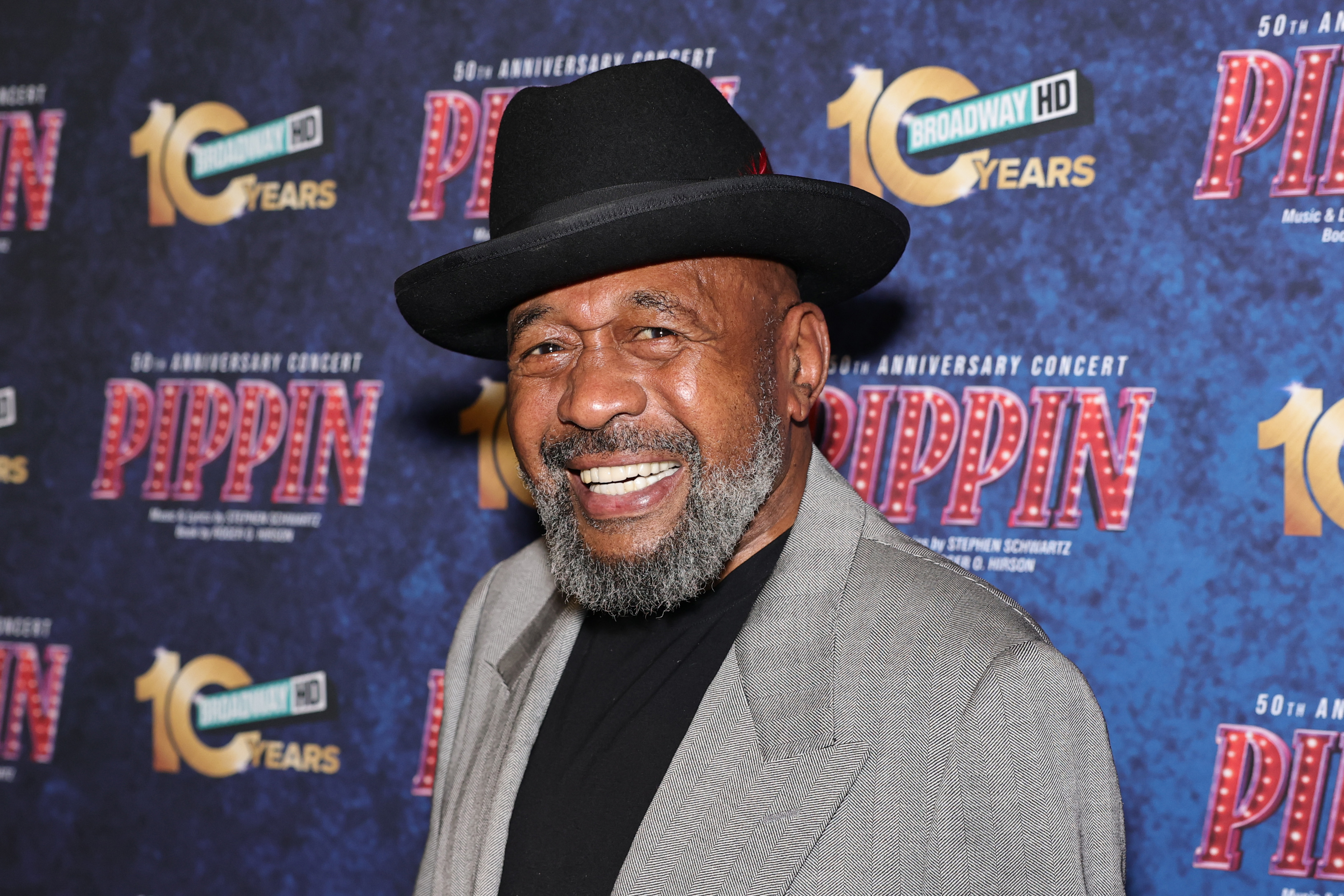
It was quite a group of people. Cindy Williams, Talia Shire. I didn’t know too much about show business. Roger made it comfortable for me by giving me the freedom to be myself. He didn’t say I had to do something this way or that way. He gave me a line and how it related to the character and told me to just go for it. He was very organic. We were shooting on a Pueblo reservation. The Indians rented the property but kept to themselves and didn’t get involved. One day, I was coming to the set, and I heard them praying over a grave in the cemetery. I thought it was disrespectful (to film during this), and Roger calmed me down. He stopped filming out of respect. After that, an Indian came up to ask me my name. I told him Benjamin, and he said his name was Benjamin, too. He invited me to eat with them. Roger came by, and they invited him to eat with them as well.
Bruce Dern (actor, “Bloody Mama,” 1970)
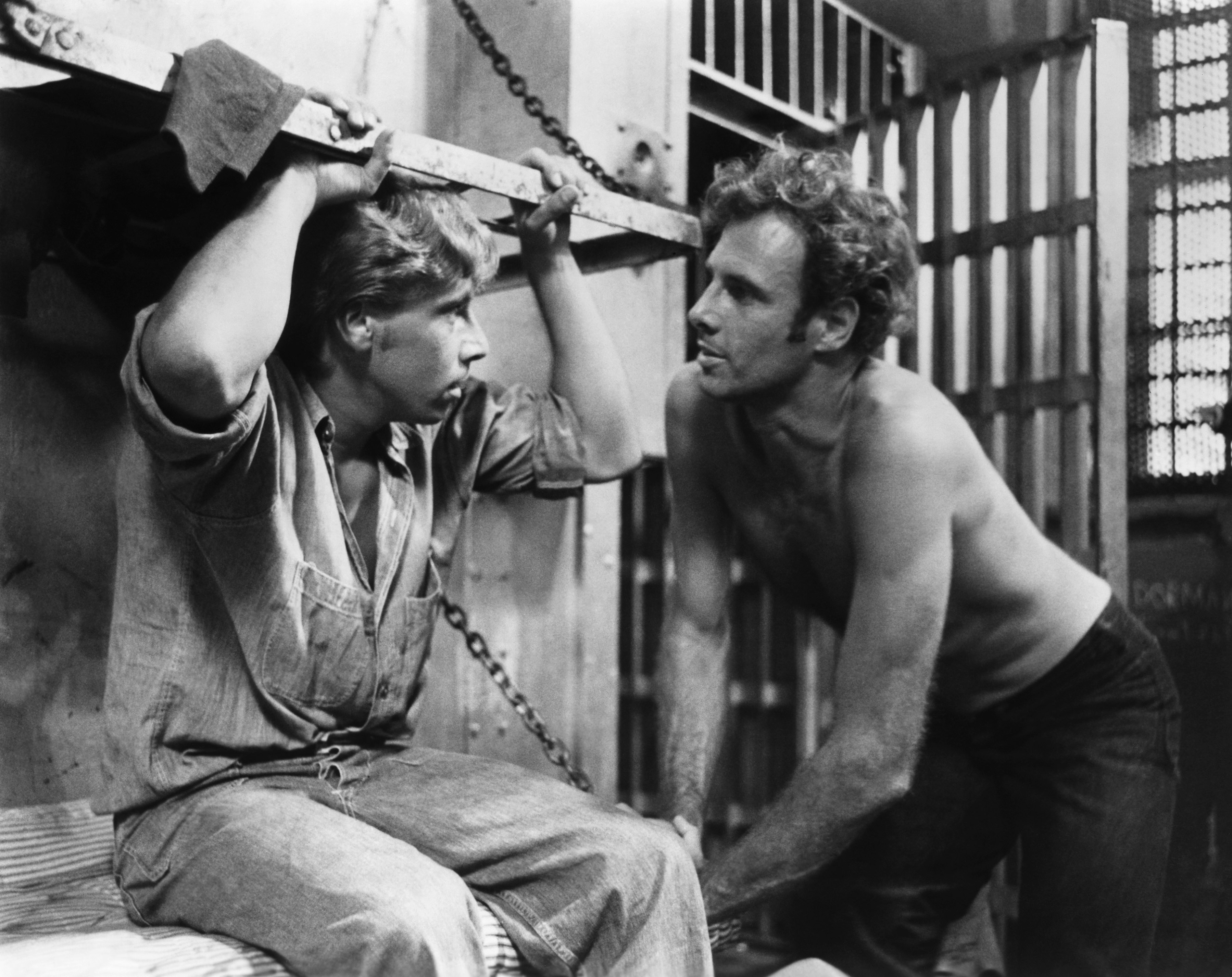
I never finished college, but we all went to the university of Corman and learned how to make a movie in 10 days for under $300,000. He knew what he wanted, but he sometimes lacked the vernacular to tell an actor how to get there. But he was a very willing learner. He once asked me how I did what I did. He said he had a similar actor he used to work with named Jack Nicholson. I said I knew Jack. Roger said that early in his career, Jack never got work. I said neither do I, and that maybe I was up the wrong tree. And he said I was absolutely up the right tree. He said that I had to understand that the key words in this business are patience and endurance.
I ran on the relay team at the University of Pennsylvania, so I knew about endurance. And he said to me, “Don’t be impatient. You’re not behind. You’re not losing ground or time to anyone else. So don’t panic.” As we got to know each other a little better, he became interested in my connection to the Actors Studio. I arranged for him to be a guest so he could gain insight into what they were doing. He was intrigued by everything he did.
Allan Arkush
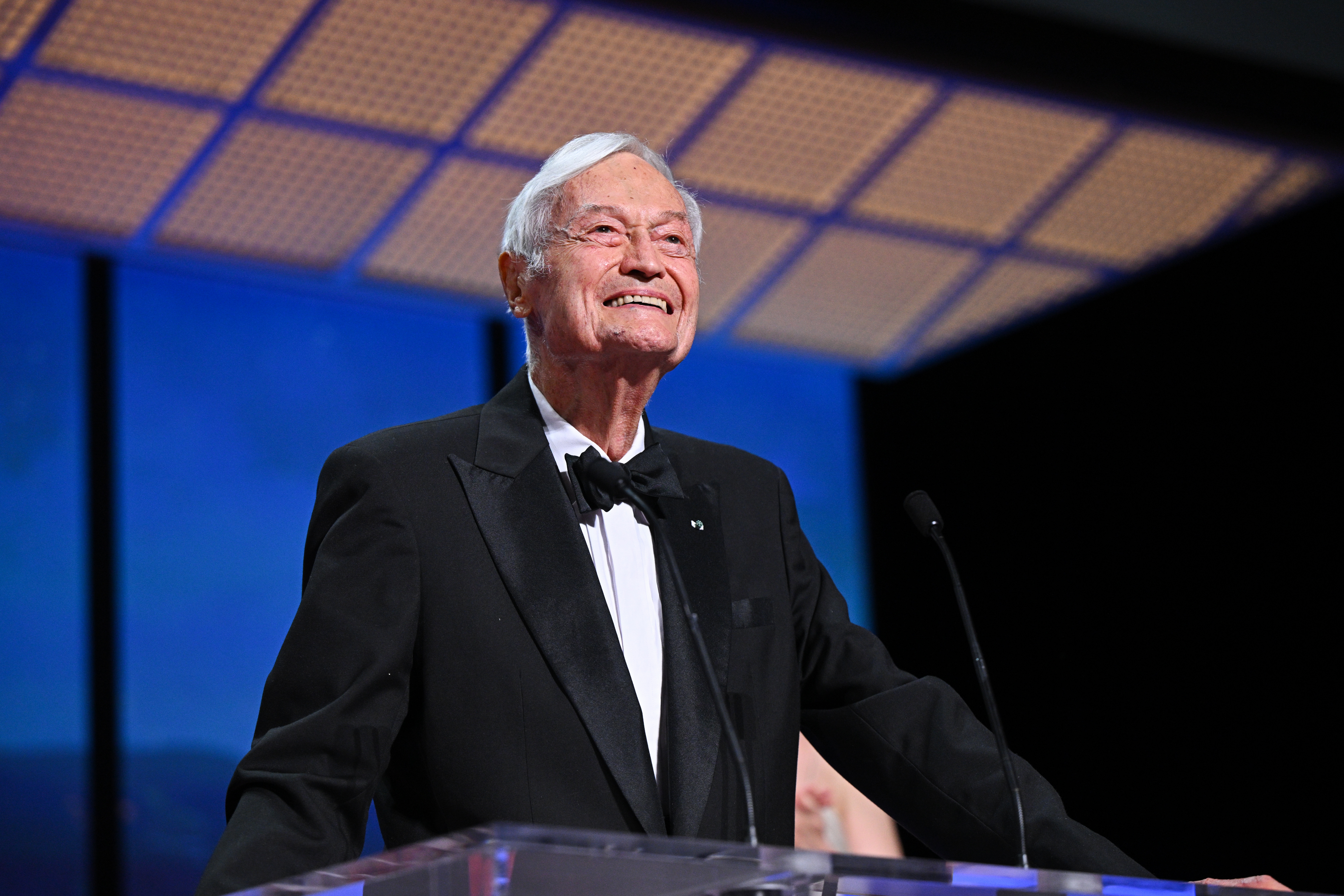
On the 45th anniversary of “Rock ‘n’ Roll High School,” I decided to throw a pizza party and make it a New World reunion. I had it at the house and invited as many of the original people, along with Roger and Julie. We all shared stories and watched New World trailers. Then, Roger made his entrance, which was just perfect. He sits down on the couch, and he’s surrounded by all these people from the ’70s. We put on “Hollywood Boulevard,” and it’s the sequence with the war footage and the actors have to fire machine guns. When it ended, Roger turns to me and says, “Allan, that was really well cut.” That made me feel so great that we were still in that kind of mentor relationship where he knew when to say we had done good work.
IndieWire’s ‘70s Week is presented by Bleecker Street’s “RELAY.” Riz Ahmed plays a world class “fixer” who specializes in brokering lucrative payoffs between corrupt corporations and the individuals who threaten their ruin. IndieWire calls “RELAY” “sharp, fun, and smartly entertaining from its first scene to its final twist, ‘RELAY’ is a modern paranoid thriller that harkens back to the genre’s ’70s heyday.” From director David Mackenzie (“Hell or High Water”) and also starring Lily James, in theaters August 22.

